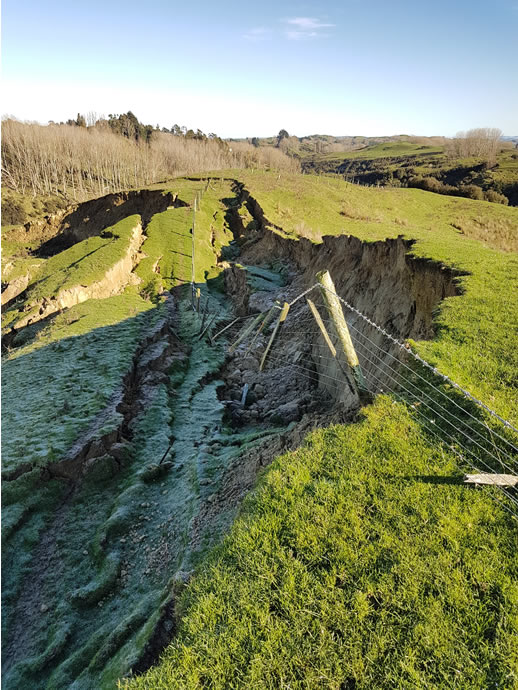GNS Science has released new land-use planning guidance to manage and reduce the risks of landslides.
The Landslide Planning Guidance: Reducing Landslide Risk through Land-Use Planning strongly encourages landslide risk to be considered early in the land-use planning decision-making process to avoid costly and potentially dangerous new developments that could pose a risk to people, property and the environment.
Guidance co-author and GNS Engineering Geologist Dr Saskia de Vilder said on average landslides cost New Zealand $250 million each year and have resulted in more fatalities than earthquakes, volcanoes and tsunami combined.
“Last year saw several significant weather events including Cyclone Hale, the Auckland Anniversary Weekend storm, and Cyclone Gabrielle,” Dr de Vilder said.
“As we’ve seen, these events can cause flooding and considerable landslide damage, resulting in loss of life, damaged and destroyed homes, and disrupting and isolating communities long after the rain has stopped.
“Estimates for landslide damage from Cyclone Gabrielle alone are close to $1.5 billion. This highlights the importance of considering not just the likelihood, but the consequence of landslide hazards from large storm events.”
The Guidance has been developed to support a risk-based approach to land-use planning that considers changing weather patterns as well as current risk assessment, management and mitigation practices.
At a minimum, the Guidance recommends councils develop a landslide susceptibility map to better inform important decisions that determine where and how we live.
Source: GNS Science












